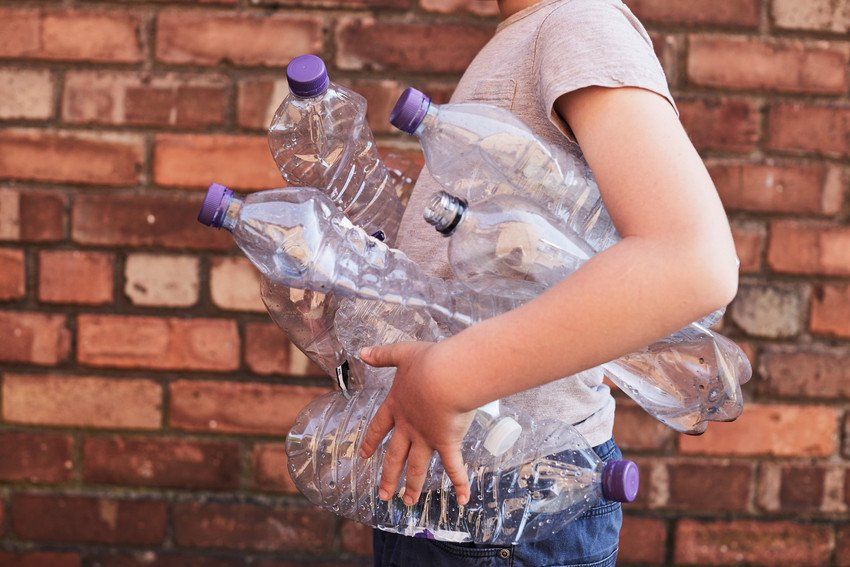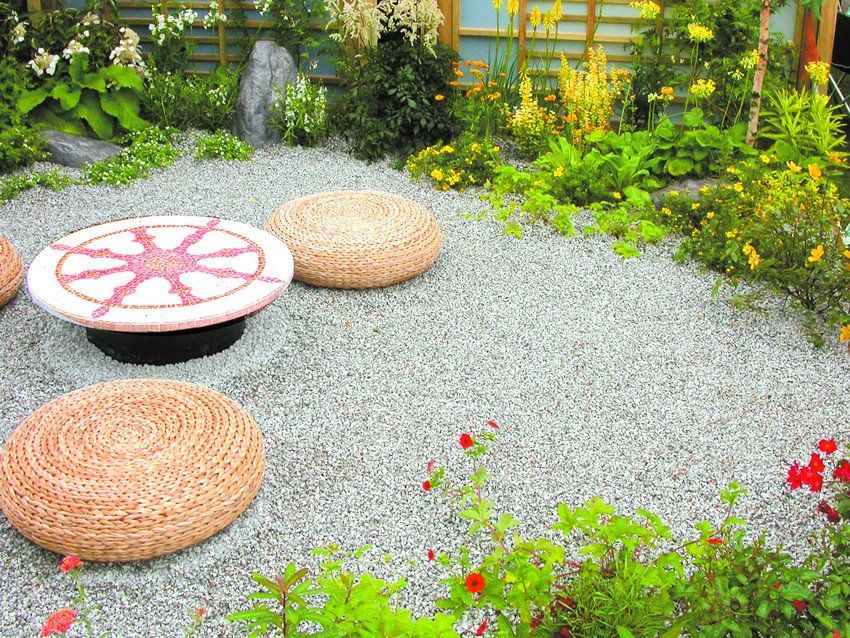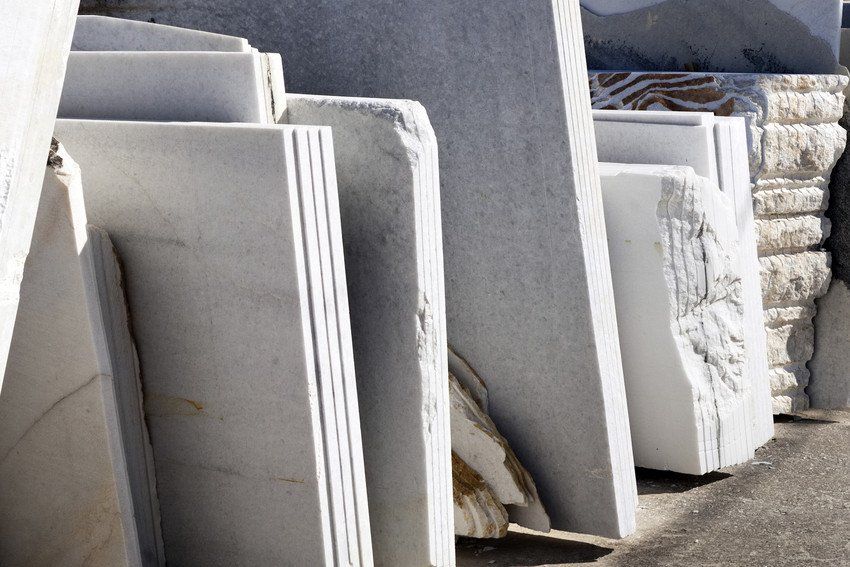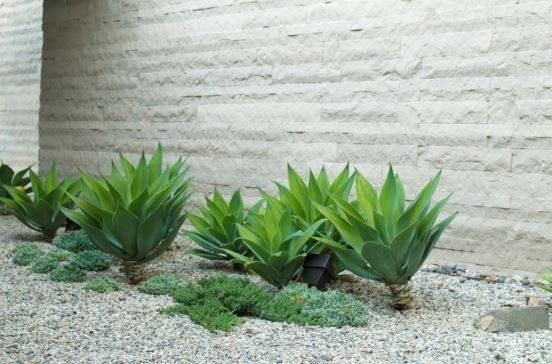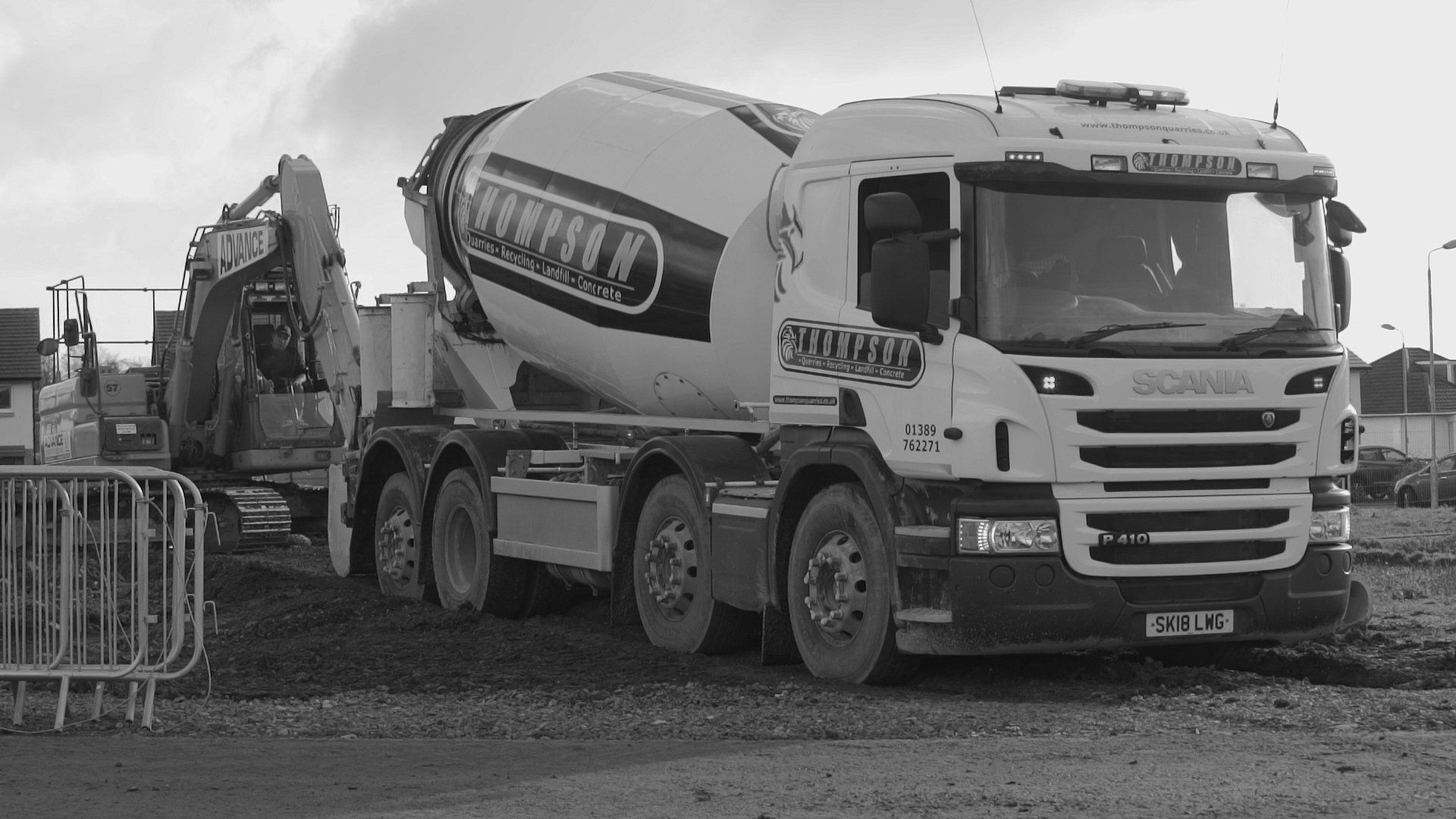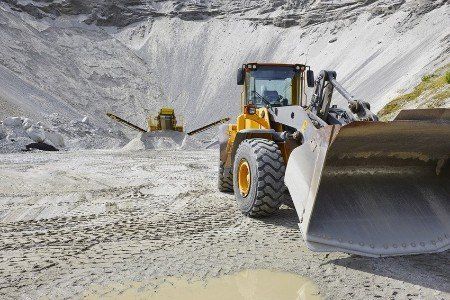Quarry Gravel in Bespoke Sizes – Cost Effective Solutions
- By William Thompson & Son
- •
- 13 Mar, 2019
- •
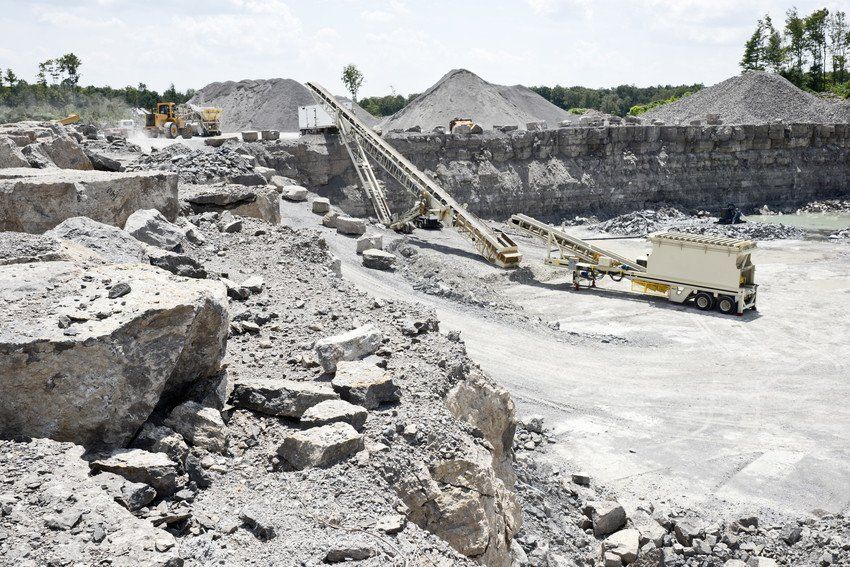
Crushed stone or gravel is available in a wide variety of sizes, but sometimes you need something a little special. Finding a quarry company that offers specialty sizes of gravel isn’t easy, but it’s even harder to find a company that offers this service at an affordable price.
It’s also important to note that crushed stone and gravel are not the same, despite being extremely similar. Gravel tends to be smaller and rounder than crushed stone. If you need one over the other, be sure to specify to the quarry when ordering.
Crushed stone is one of the more commonly used options, over gravel. Due to the flat surfaces of the rocks, it tends to lock together and forms a good base for paths and drains. It’s also good for driveways and much of the construction industry uses it.
Gravel usually is rounded out a bit either via nature, such as in a stream or riverbed, or through careful processing. It generally includes sand and various sizes of stones. For prettier paths, gravel looks good, but it also moves more, since the rounded surfaces slip on each other.
Which type of aggregate works best for you? That depends on personal preference and the task at hand.
Understanding Gravel Sizing
Gravel comes in a range of sizes already, so there may be one that you’re already looking for.
Pea gravel is how we commonly refer to the smallest size of gravel, which are stones with a quarter inch diameter or smaller. It’s best used to fill in the gaps in other gravel, or for creating comfortable paths that can be walked on easily.
After pea gravel, you choose bulk gravel that is 3/8” up to 3/4” in diameter. After that, the standard sizes go up in inches to four inches in diameter. This largest size is usually used for drainage. While there are larger stones available, they can’t rightly be called gravel anymore and are actual stones.
If you need a very particular size of gravel for a project, you’ll need to specify this when talking to the quarry. They can let you know if it’s possible to do that size, though if they specialise in bespoke gravel, you can guarantee they will, and what the cost will be.
Why would you need custom sized stones? For some projects, the actual sizes that are available aren’t quite what they need. You might need 1 1/4” gravel, for example, which isn’t a standard size. If you have particular needs, it’s fairly simple to find a company that will produce it for you. The trick is finding a company that will provide what you need without charging a ridiculous price. Once you find a place that will work for you, within your budget, you should stick with them and continue to get good gravel prices.
Sand and Gravel for Concrete Use
Concrete requires the addition of sand and gravel to make it work. You take the cement powder and mix in sand to get mortar, and gravel to create concrete. Without these two aggregates, the concrete would have virtually no strength and would crumble immediately. The sand and stone make it stronger.
What size gravel you use in the concrete depends on your needs. The larger the gravel, the stronger the end product, though it can be very difficult to mix in the meantime. Smaller gravel will give you a slightly weaker end product, but it will also be smoother. You’ll need to balance the need for a good looking concrete with the strength you need.
The more water there is in your concrete mix, the more likely the concrete is to shrink over time and possibly crack. You can reduce the amount of water in the mixture by adding more gravel and sand. There are specific recipes to use, depending on your preferred result. You can find these online or ask a builder. However, most construction workers already know how to mix the concrete just by eyeballing the amounts.
In the end, how you mix the concrete will depend on what you need from it. Looks and strength are both important and you’ll need to plan for the one you most need, while incorporating as much as possible from the other.
Best Gravel Sizes for French Drains
If you’re creating a French drain, or a drain to ensure water doesn’t pool in your garden and cause flooding issues, you’ll want specific gravel for it. The drain will need to be on a 2% slope over the stretch of the garden to ensure it drains well enough. The idea here is that any standing water will dribble down to the drain and soak through the layers to the gravel and run out to the street or another drain. These are best used in areas that have clay-like soil that doesn’t drain well.
The gravel at the base of the drain should be roughly one inch across and should fill two thirds of the trench you’ve dug. You can also use a perforated pipe and use less gravel, if desired. Avoid using small gravel, since it won’t let the water flow properly. The bigger the better in this case.
You can use course sand or pea gravel for the next layer of the French drain. This will allow water to percolate down to where it can flow.
Top the drain off with large rocks or bigger gravel to create a riverbed effect, if you like. Some people prefer to put down weed barrier cloth and then sod over top of this. It’s a good choice if you prefer not to see the drain.
Of course, if water starts to build up in the garden at any point, you’ll need to undo the drain to see what is happening and where it is blocked. Having rocks over it will make it simple to find the drain and to locate the issue, rather than digging up sod that is well established.
Other Uses for Gravel in the Garden
You can use gravel for so many applications that you might be wondering where else it’s useful. The garden is full of places you’ll want to use your bespoke gravel, though you can also ask for fairly standard sizes.
Flower beds: If you want to use a nice, simple mulch to keep your flower beds or trees moist, then you’ll want to look at laying down gravel. Avoid small gravel, since it can easily be scattered outside the bed. Instead, aim for 3/8” up to an inch in diameter. This is a good place to use smooth, rounded stones, since they look nicer. However, they’ll also be scattered faster than crushed rock.
Erosion prevention: If you have areas around your garden that are sloped, you can use gravel at the base of these slopes to avoid erosion from water that pours down the hills. You can put gravel anywhere there is danger of erosion, including under drain pipes or eaves where the water pours down every time it rains.
Borders: Large gravel can be used to create borders around flower gardens and paths. You can use it as is, or frame the area with bricks or wood and fill it with gravel to present a more uniform look.
Paths: If you have a path in your garden, you’ll want to use pea size gravel, most likely. You can also use fine gravel to fill in around stepping stones and bricks. This gives it a better appearance and can help the path last longer, as well as provide drainage.
Driveways: Your driveway will benefit from being covered in gravel. If you use crushed gravel, you’ll find that it locks together better to prevent scattering and slippage of the stones. You may choose to pave the driveway, as well, which will also require gravel.
There are plenty of ways to put gravel to use in your home. It’s helpful anywhere there’s too much rainwater or if you have puddles in the path or driveway. You can easily add a little gravel to your flower beds to make them more attractive and to lock in moisture to keep the plants healthier.
Whether you need regular gravel, crushed stone, or something special, you can find it at the local quarry. Better yet, they’ll even bring it to you, so you don’t need to worry about finding a way to get the gravel to your home or build site. The convenience makes it even simpler to manage things and get your projects completed.
Do you need gravel for your construction needs or garden improvements? Contact Thompson Quarries today to find out how we can help.
